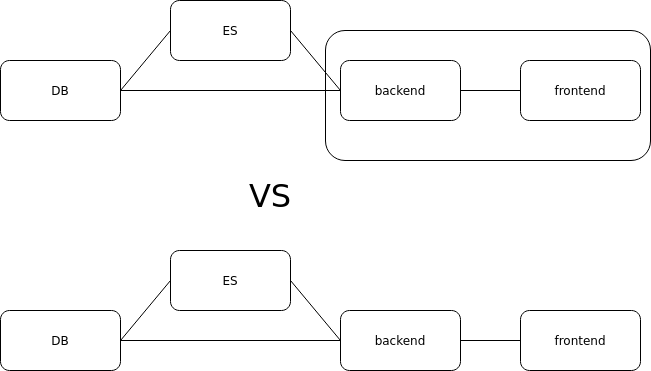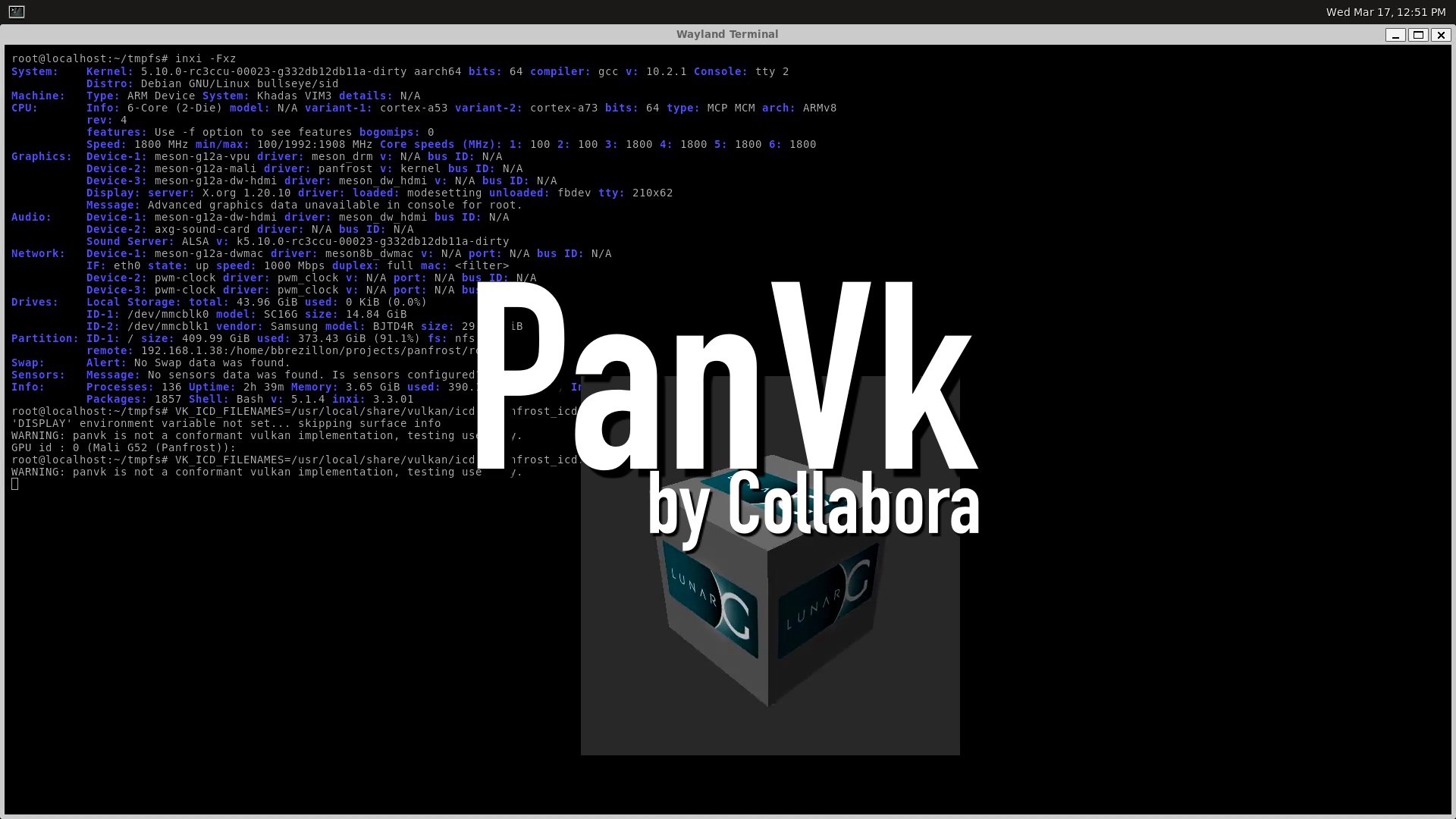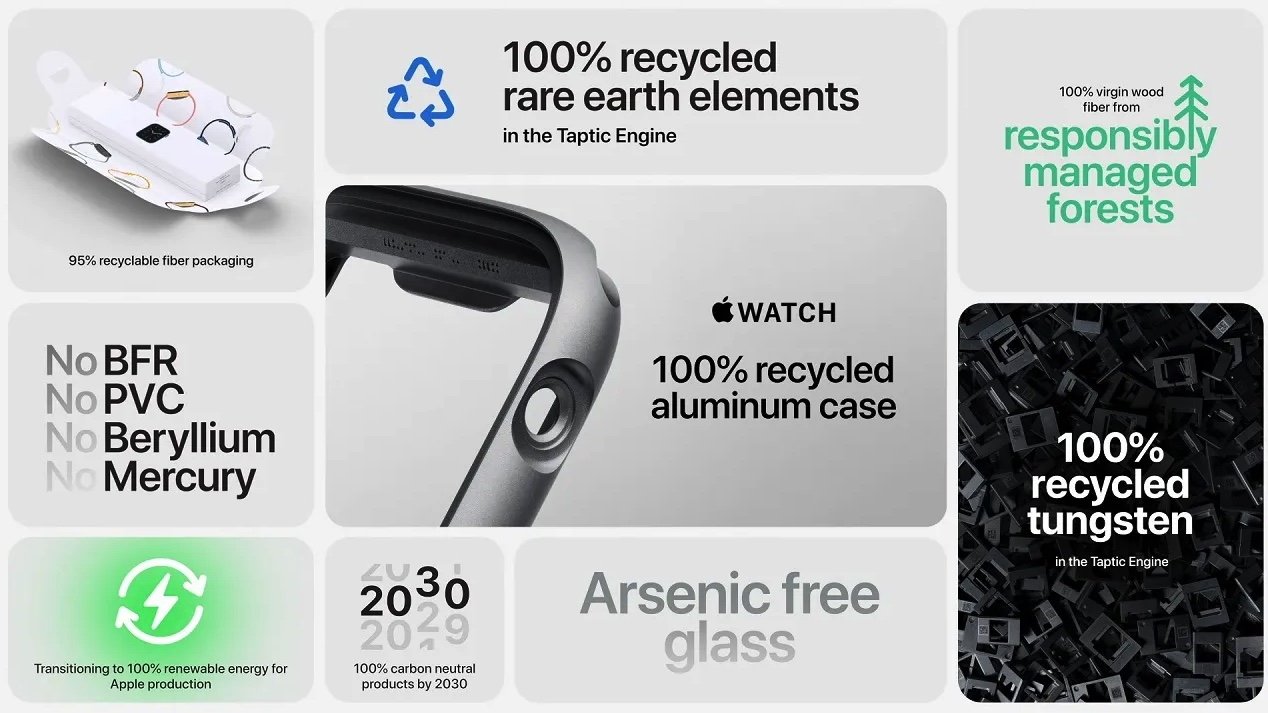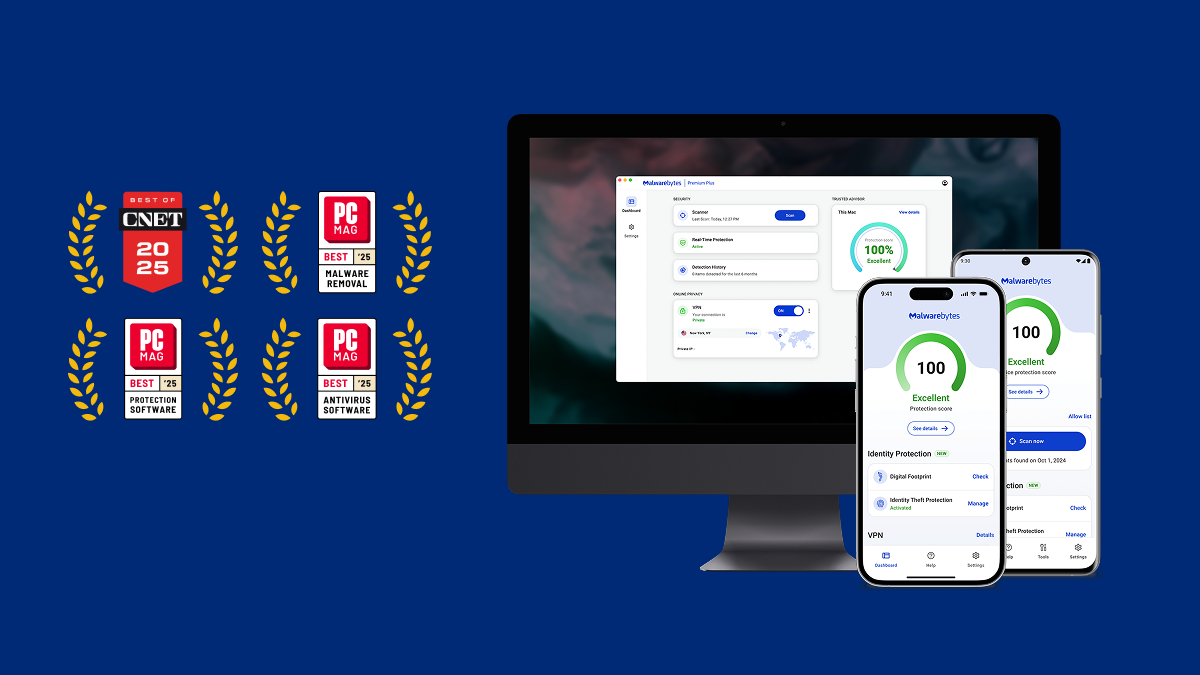Understanding Software Testing Automation
Software testing automation is a vital part of the software development lifecycle that enables teams to increase efficiency, improve accuracy, and accelerate the release of high-quality software. In this post, we’ll explore the fundamentals of software testing automation, its benefits, best practices, and popular tools to help you get started. What is Software Testing Automation? Software testing automation involves using specialized tools and scripts to automatically execute tests on software applications. This approach reduces manual testing efforts, increases test coverage, and allows for faster feedback during development. Benefits of Test Automation Speed: Execute tests quickly, especially in regression testing scenarios. Repeatability: Run the same tests repeatedly without human intervention. Increased Coverage: Test more features and scenarios that manual testing might miss. Early Bug Detection: Integrate tests into CI/CD pipelines to catch issues early. Cost-Effectiveness: Reduce long-term costs associated with manual testing efforts. Common Types of Automated Tests Unit Tests: Test individual components or functions in isolation. Integration Tests: Verify that different modules or services work together correctly. Functional Tests: Validate that the software behaves as expected from the user's perspective. End-to-End Tests: Test the complete application flow from start to finish. Performance Tests: Assess application responsiveness and stability under load. Best Practices for Test Automation Start small: Automate critical tests first and gradually expand coverage. Keep tests independent: Ensure tests can run in any order without dependencies. Use meaningful names and structure: Make tests easy to understand and maintain. Regularly review and update tests: Remove obsolete tests and adjust to changing requirements. Integrate automation into CI/CD pipelines: Ensure tests run automatically with each code change. Popular Automation Tools Selenium: Widely used for automating web browsers. JUnit: Framework for writing and running tests in Java. TestNG: Inspired by JUnit, designed for test configuration and parallel execution. PyTest: A powerful testing framework for Python applications. Postman: For API testing and automated requests. Appium: For mobile application testing across platforms. Jenkins: Continuous integration tool that supports automated testing. Example: Simple Automated Test with Selenium (Python) from selenium import webdriver driver = webdriver.Chrome() driver.get('https://www.example.com') assert 'Example Domain' in driver.title driver.quit() Integrating Automation with CI/CD Continuous Integration and Continuous Deployment (CI/CD) pipelines automate the testing and deployment of applications. Here’s how to integrate test automation: Use CI tools like Jenkins, GitHub Actions, or Travis CI to trigger tests on code commits. Run automated tests in different environments (staging, production) to validate releases. Provide feedback to developers quickly on test results. Conclusion Software testing automation is crucial for modern software development. By adopting test automation, teams can improve efficiency, ensure quality, and reduce time-to-market for their applications. Start small, follow best practices, and gradually expand your test automation efforts for maximum benefit.

Software testing automation is a vital part of the software development lifecycle that enables teams to increase efficiency, improve accuracy, and accelerate the release of high-quality software. In this post, we’ll explore the fundamentals of software testing automation, its benefits, best practices, and popular tools to help you get started.
What is Software Testing Automation?
Software testing automation involves using specialized tools and scripts to automatically execute tests on software applications. This approach reduces manual testing efforts, increases test coverage, and allows for faster feedback during development.
Benefits of Test Automation
- Speed: Execute tests quickly, especially in regression testing scenarios.
- Repeatability: Run the same tests repeatedly without human intervention.
- Increased Coverage: Test more features and scenarios that manual testing might miss.
- Early Bug Detection: Integrate tests into CI/CD pipelines to catch issues early.
- Cost-Effectiveness: Reduce long-term costs associated with manual testing efforts.
Common Types of Automated Tests
- Unit Tests: Test individual components or functions in isolation.
- Integration Tests: Verify that different modules or services work together correctly.
- Functional Tests: Validate that the software behaves as expected from the user's perspective.
- End-to-End Tests: Test the complete application flow from start to finish.
- Performance Tests: Assess application responsiveness and stability under load.
Best Practices for Test Automation
- Start small: Automate critical tests first and gradually expand coverage.
- Keep tests independent: Ensure tests can run in any order without dependencies.
- Use meaningful names and structure: Make tests easy to understand and maintain.
- Regularly review and update tests: Remove obsolete tests and adjust to changing requirements.
- Integrate automation into CI/CD pipelines: Ensure tests run automatically with each code change.
Popular Automation Tools
- Selenium: Widely used for automating web browsers.
- JUnit: Framework for writing and running tests in Java.
- TestNG: Inspired by JUnit, designed for test configuration and parallel execution.
- PyTest: A powerful testing framework for Python applications.
- Postman: For API testing and automated requests.
- Appium: For mobile application testing across platforms.
- Jenkins: Continuous integration tool that supports automated testing.
Example: Simple Automated Test with Selenium (Python)
from selenium import webdriver
driver = webdriver.Chrome()
driver.get('https://www.example.com')
assert 'Example Domain' in driver.title
driver.quit()
Integrating Automation with CI/CD
Continuous Integration and Continuous Deployment (CI/CD) pipelines automate the testing and deployment of applications. Here’s how to integrate test automation:
- Use CI tools like Jenkins, GitHub Actions, or Travis CI to trigger tests on code commits.
- Run automated tests in different environments (staging, production) to validate releases.
- Provide feedback to developers quickly on test results.
Conclusion
Software testing automation is crucial for modern software development. By adopting test automation, teams can improve efficiency, ensure quality, and reduce time-to-market for their applications. Start small, follow best practices, and gradually expand your test automation efforts for maximum benefit.











































































































































































![[The AI Show Episode 143]: ChatGPT Revenue Surge, New AGI Timelines, Amazon’s AI Agent, Claude for Education, Model Context Protocol & LLMs Pass the Turing Test](https://www.marketingaiinstitute.com/hubfs/ep%20143%20cover.png)






































































































































































































































.png?#)




































.webp?#)
.webp?#)




























































































![Gemini will come to Wear OS as an app update [APK Insight]](https://i0.wp.com/9to5google.com/wp-content/uploads/sites/4/2023/01/Google-Assistant-Wear-OS-Play-Store.jpg?resize=1200%2C628&quality=82&strip=all&ssl=1)

![OnePlus 13T leak shows new design that’s perfectly balanced, as all things should be [Gallery]](https://i0.wp.com/9to5google.com/wp-content/uploads/sites/4/2025/04/oneplus-13t-1.jpg?resize=1200%2C628&quality=82&strip=all&ssl=1)












![Apple Seeds tvOS 18.5 Beta 2 to Developers [Download]](https://www.iclarified.com/images/news/97011/97011/97011-640.jpg)
![Apple Releases macOS Sequoia 15.5 Beta 2 to Developers [Download]](https://www.iclarified.com/images/news/97014/97014/97014-640.jpg)

![Apple Releases iOS 18.5 Beta 2 and iPadOS 18.5 Beta 2 [Download]](https://www.iclarified.com/images/news/97007/97007/97007-640.jpg)


































































































































